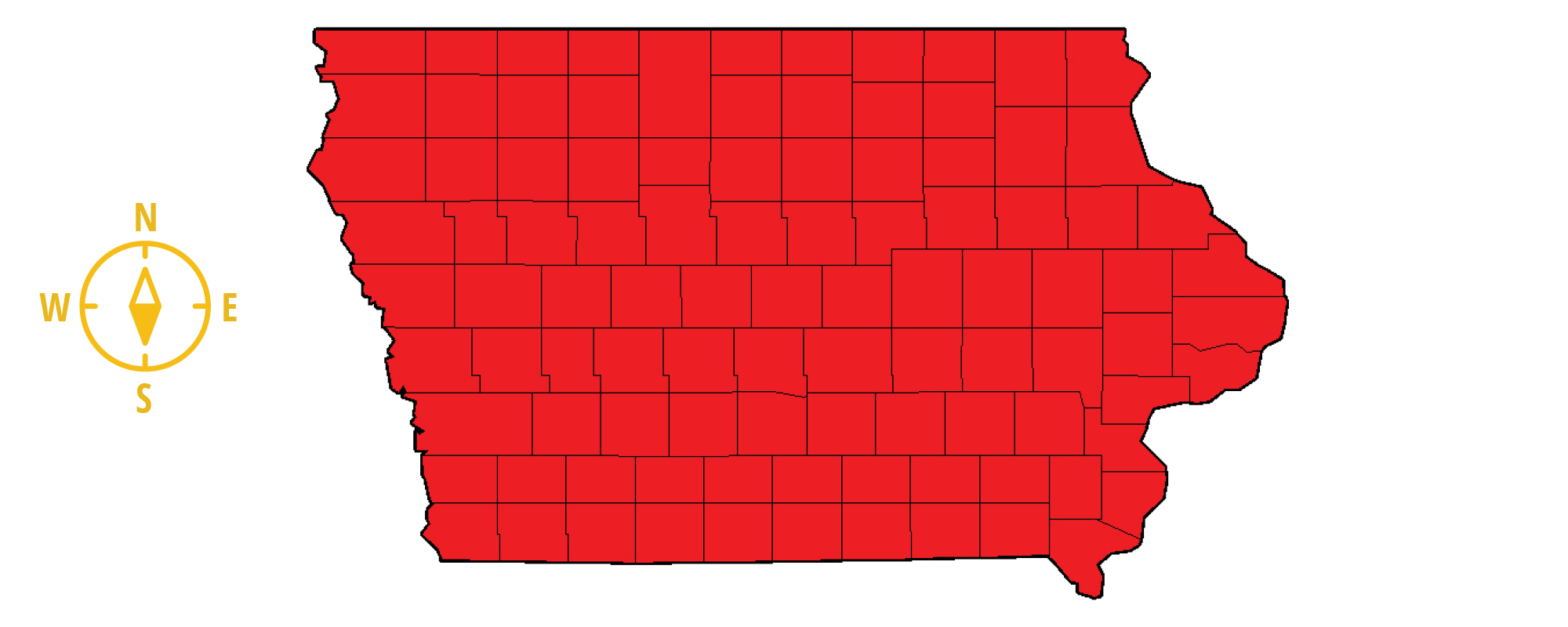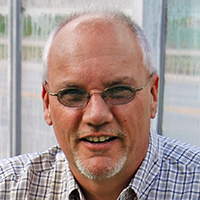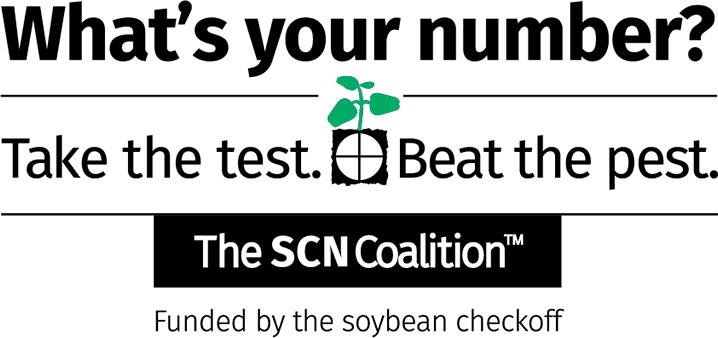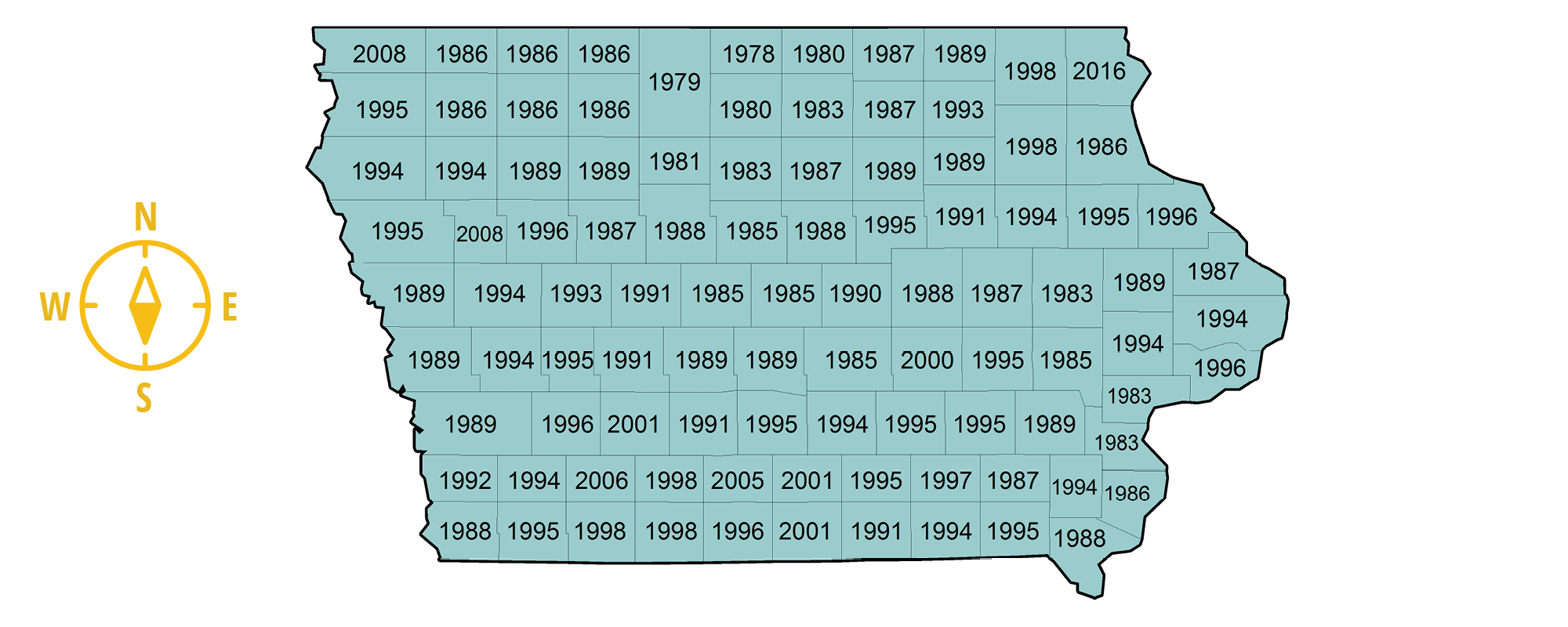
Iowa State University
SCN is an important pest:
- Iowa grows 9-10 million acres of soybeans annually.
- SCN has been found in 60 to 75% of the fields in Iowa in surveys conducted in the 1990s, the 2000s, and in 2017.
- Yield reduction from SCN can be 10 to 30 bushels per acre or more depending on the soybean variety grown and the weather conditions during the growing season.
- Research results have revealed that there is an increased reproduction of SCN populations in Iowa fields on PI 88788, the breeding line used to develop most SCN-resistant soybean varieties in the state.
- SCN distribution.
SCN Management Recommendations
There are multiple tactics for managing SCN:
- Scout/sample fields to know which fields are infested with SCN and what the population densities (numbers) are
- Grow non-host crops
- Grow SCN-resistant varieties
Other need-to-knows about SCN:
- It is possible that cover crops may reduce SCN numbers, but this effect has not been studied thoroughly or proven in Iowa. Research on this topic is ongoing.
SCN Distribution Map
Counties where SCN has been found are in red.

Iowa State University Experts


